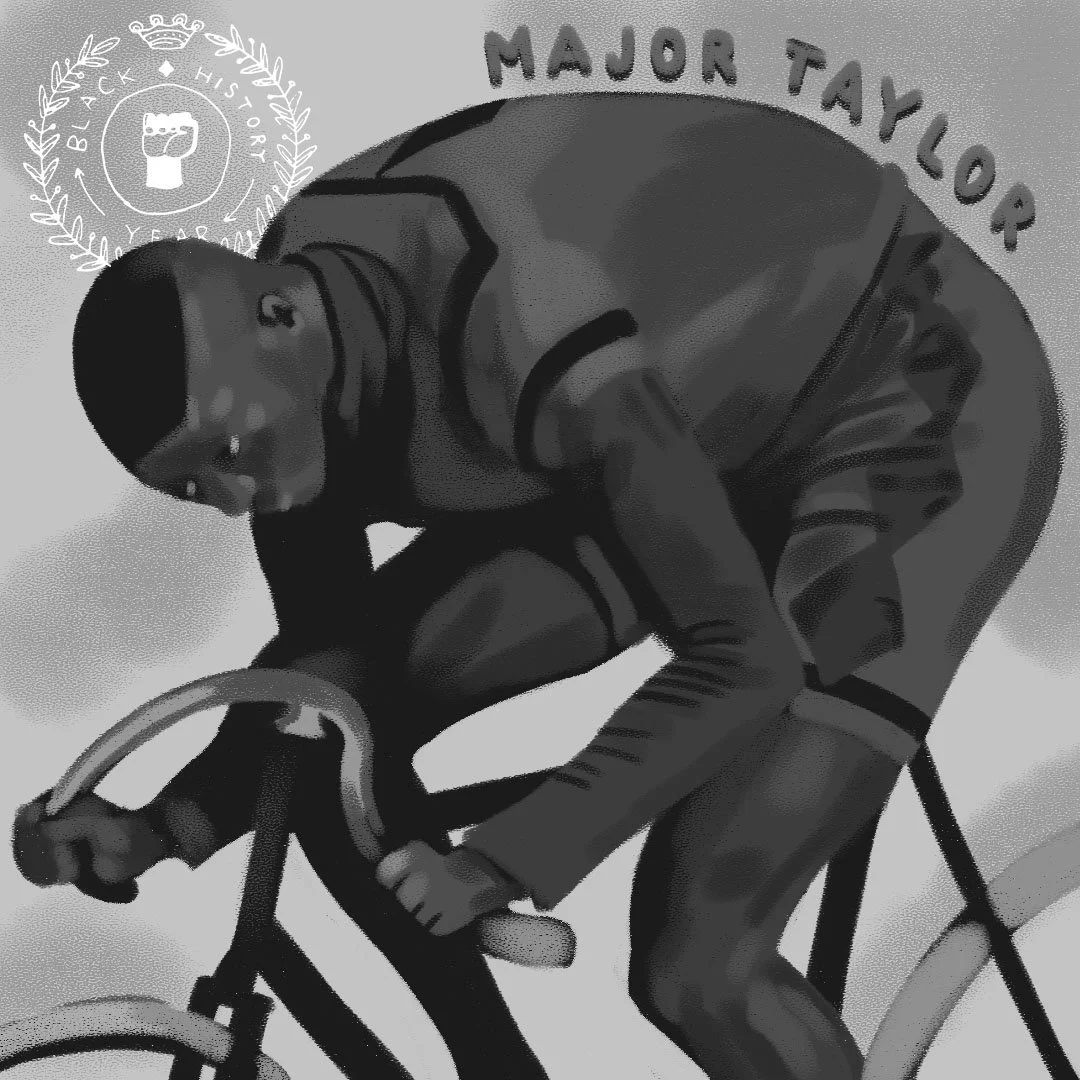Amelia Boyton Robinson is a civil rights trailblazer who played a key role of the 1965 voting rights act. Amelia Boynton had come to Selma, Alabama as an agricultural extension agent in 1929 where she met and married her co-worker Samuel William Boyton. and used their government positions encourage Black people to register to vote and buy land. So, when Bernard Lafayette and his wife Colia Liddell of the SNCC (Student Nonviolent Coordinating Committee) came to Selma, Alabama in the fall of 1962, they found Amelia Boynton and her husband were ready and primed for action. In 1962, she ran for a congress seat in the US House. Making her the first female African American to run for office in Alabama and as a democrat in the state. In spite of intense voter suppression she received 10% of the votes. She invited Martin Luther King Jr & to organize civil rights efforts in her home. She was instrumental in organizing the Selma to Montgomery Marches. She was documented unconscious in the streets during Bloody Sunday. The public beating of black civil rights activists led to President Lyndon B. Johnson signing the Voting Rights Act of 1964, she was in attendance when he signed it. Amelia Boynton Robinson died in 2015. Just months before her death, Amelia crossed the Edmund Pettus Bridge again, this time with President Obama and Congressman John Lewis. They, and hundreds of others, were there to mark the 50th anniversary of the Selma to Montgomery march.
Black History 365 | # 185 Ella Baker
Peace to Ella Baker. She is the woman that mentored Rosa Parks before the Montgomery Bus Boycott. She played a key role in the some of the most influential organizations, including the NAACP, Martin Luther King’s Southern Christian Leadership Conference, and the Student Nonviolent Coordinating Committee. Ella was eventually promoted to National Director of Branches at the NAACP. From this leadership position, she spoke up about her concerns with the organization. She thought it was too bureaucratic and focused too much on middle-class supporters and membership numbers. To her, the NAACP was out of touch with the Black communities it was trying to serve. Ella saw great potential in SNCC. With its youthful energy, SNCC members worked on the ground, helping people in rural communities vote, educate themselves, and combat racism. Ella served as an advisor, not a leader, in the group. By 1965, tensions in the civil rights movement were growing. The youth grew tired of being nonviolent in the face of violence, with Malcolm X being assassinated in 1965, and Martin Luther King being assassinated in 1968, out from that emerged the Black Power movements of the late 60s & early 70s. While she respected that SNCC was moving in a new direction, she felt it was time for her involvement in the organization to end. The eventual dissolution of SNCC hit Ella hard, but she found ways to stay politically active. Ella Baker died in her sleep on her 83rd birthday on December 13, 1986. Thank you for your contributions.
Black History 365 | # 184 Woni Spotts
This is Woni Spotts, a native California and a child of Hollywood entertainers. In 2018, Woni Spotts became the first Black woman to visit every country in the world. She completed her goal of visiting all seven continents and the 195 countries recognized by the United Nations. Much of Spotts travel occurred during the 1970s and 1980s before the era of social media, and so her proof comes in the form of airline records, passport stamps, and US State Department documents. She has also written a book Letters from Everywhere: The First Black Woman To Travel to Every Country and Continent. THIS IS MODERN DAY HISTORY! Sounds oxymoronic when you say it out loud, but nonetheless, super dope! She is on Instagram too!
Black History 365 | # 183 Marshall Major Taylor
Marshall Major Taylor is the first African American to win a World Championship title in cycling. A hundred years ago, when bicycle races drew crowds that filled Madison Square Garden, the biggest draw of all was Major Taylor. One of Taylor’s early breakthroughs came in 1896 when, at the age of 18, he won his first major race—the 1-mile sprint at the prestigious International Cycling Association (ICA) meet in Massachusetts. This victory marked the beginning of his ascent to becoming one of the most prominent cyclists of his time. Taylor’s success, however, was accompanied by the harsh realities of racism, as he faced hostility from both competitors and spectators. Taylor often endured discrimination, including incidents where competitors purposefully tried to injure him during races. In 1901, he won 42 of the 57 European races he entered. In 1902 he won 40 of the 57 races he entered. Taylor would end up making a fortune in the early 1900s, in prize money and appearance fees, earning about 35,000 a year which is equivalent to a million a year today. Major however spent the later years of his life struggling financially. After writing and publishing his own book he would sell his book door to door in Chicago. He would die of a heart attack in 1932 at the age of 52, buried in an unmarked grave. Former bicycle stars they persuaded Frank Schwinn of the Schwinn bicycle company to pay to have Taylor’s remains transferred to a more fitting location. Thank you for your hard work, dedication, and your contributions.
Black History 365 | # 182 Max Robinson
Max Robinson was an American television journalist and the first African American man to anchor a nightly network newscast. Robinson’s first journalism job began and ended in 1959, when he was hired to read news at a Portsmouth, Va., television station. Although the station selected him over an otherwise all-white group of applicants, it still enforced a colour barrier by projecting an image of the station’s logo to conceal Robinson as he read the news. He was fired the day after he presented the news without the logo obscuring his face. In 1965 he joined WTOP-TV in Washington, D.C., as a correspondent and camera operator, but he moved quickly to nearby WRC-TV, where he won awards for coverage of race riots and a documentary on life in poor urban neighbourhoods. He was hired back by WTOP as its first African American news anchor in 1969 and stayed there until 1978. Robinson moved to Chicago when ABC News chose him as one of three coanchors for ABC’s World News Tonight. The anchor arrangement ended with the death of coanchor Frank Reynolds in 1983. Robinson left ABC News shortly thereafter and joined Chicago’s WMAQ-TV as a news anchor (1984–87). Robinson passed away on Dec. 20, 1988, silently struggling with AIDS. A battle he kept private up until his death. His friends and family knew, he believed making it public would’ve stressed him out more sending him to an earlier grave. His friends believe maintaining his privacy was the best thing to do. Thank you for breaking color barriers in the broadcasting space. Thank you for your contributions.





